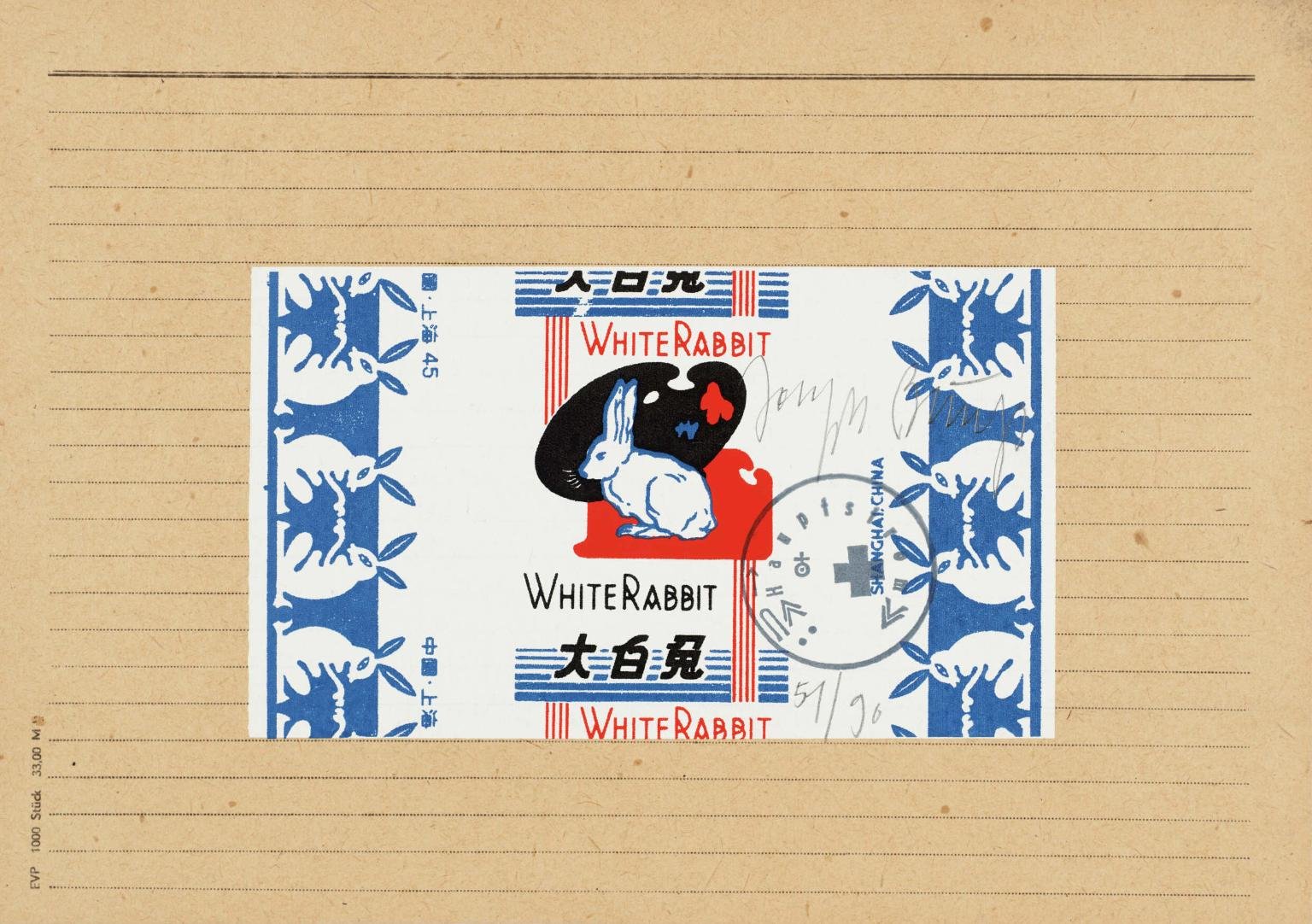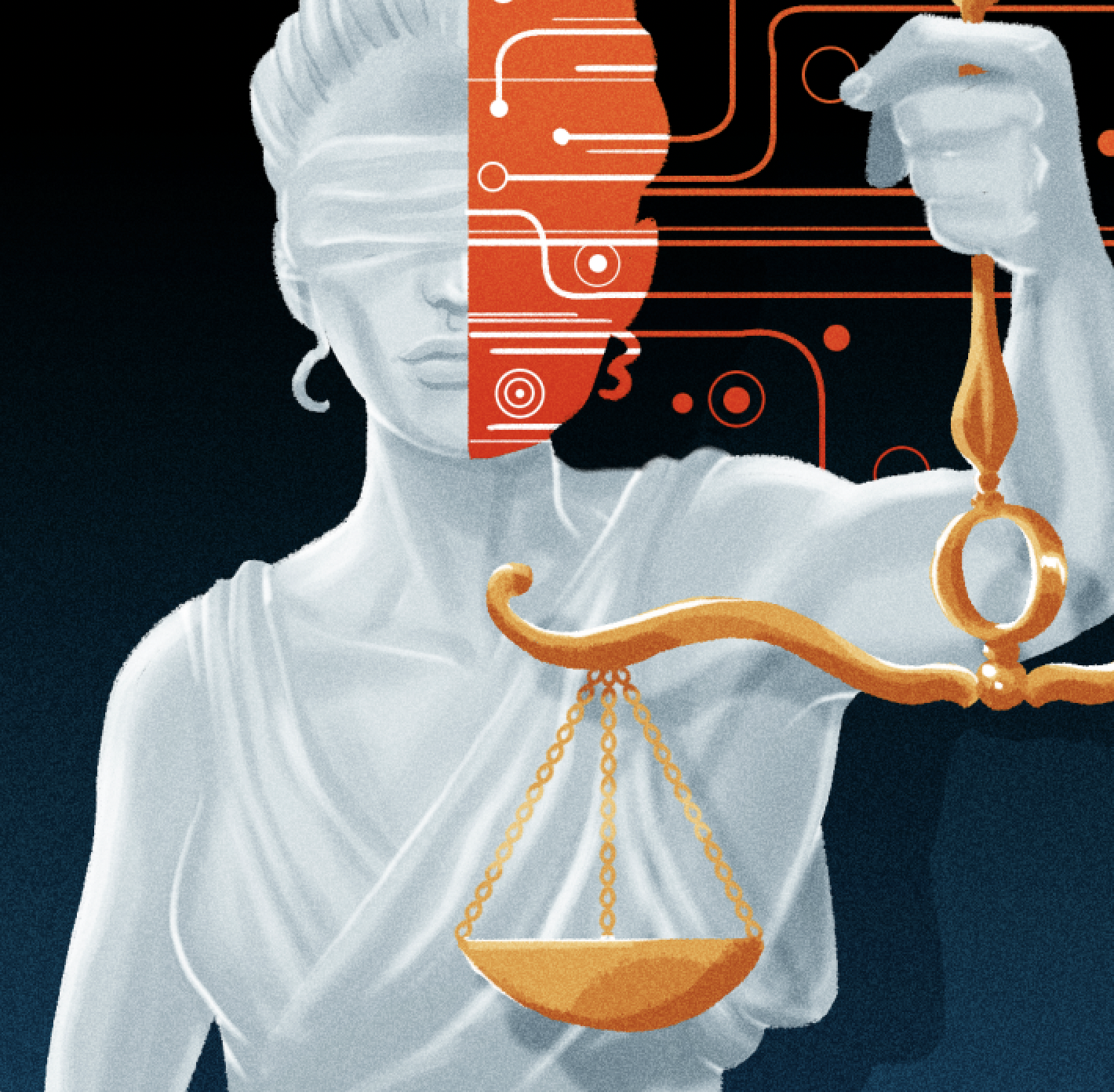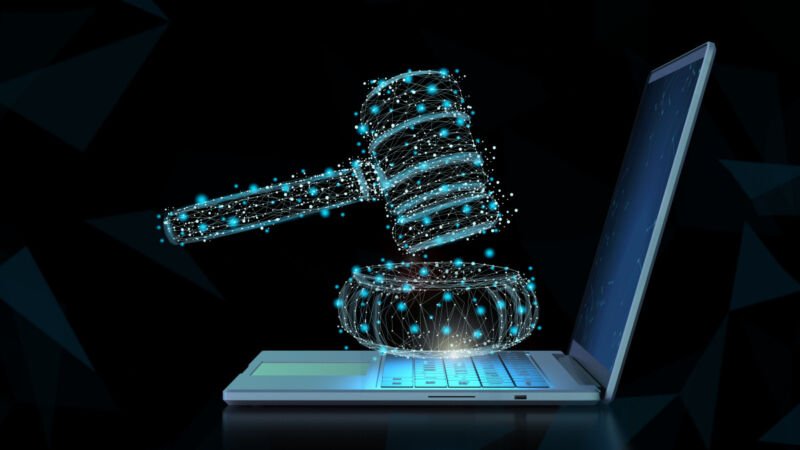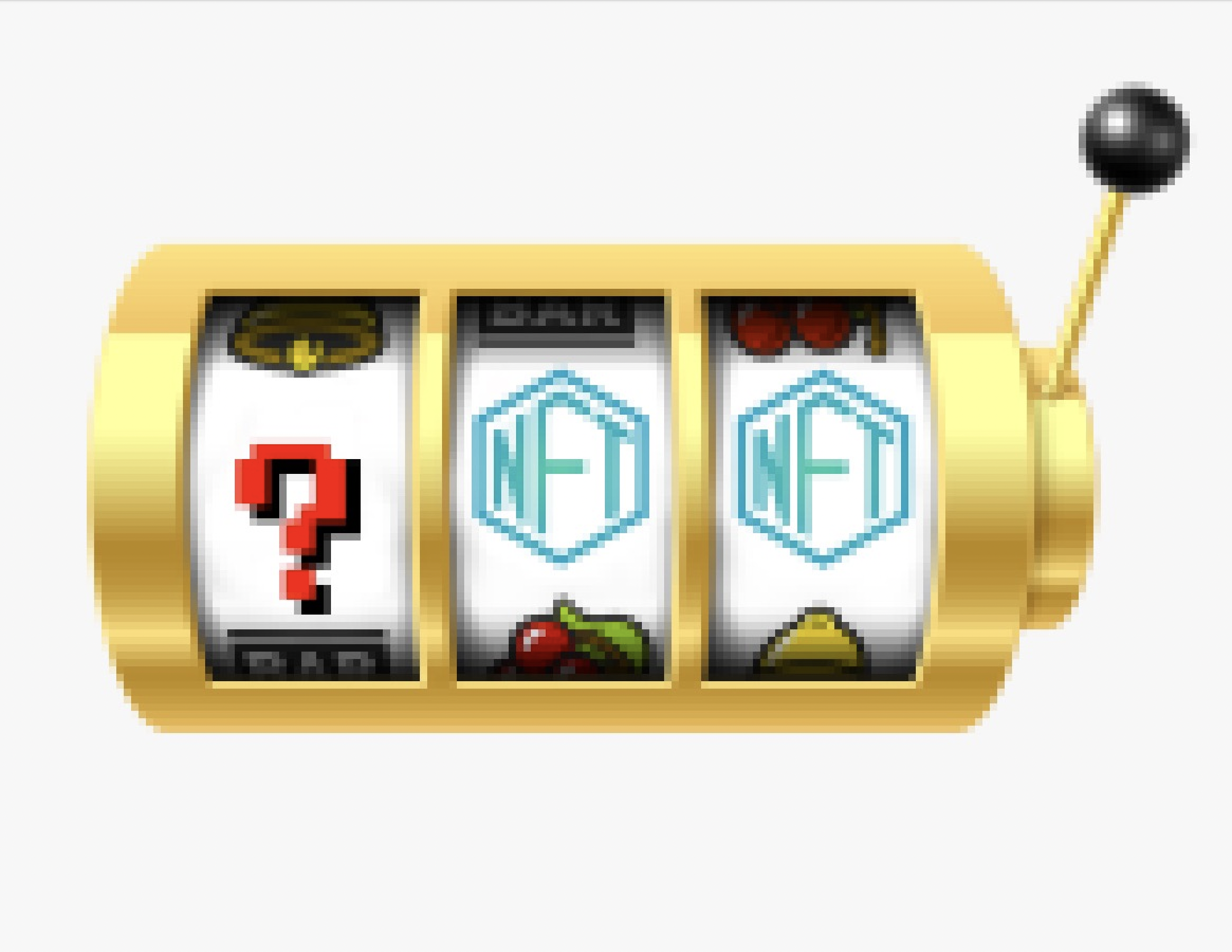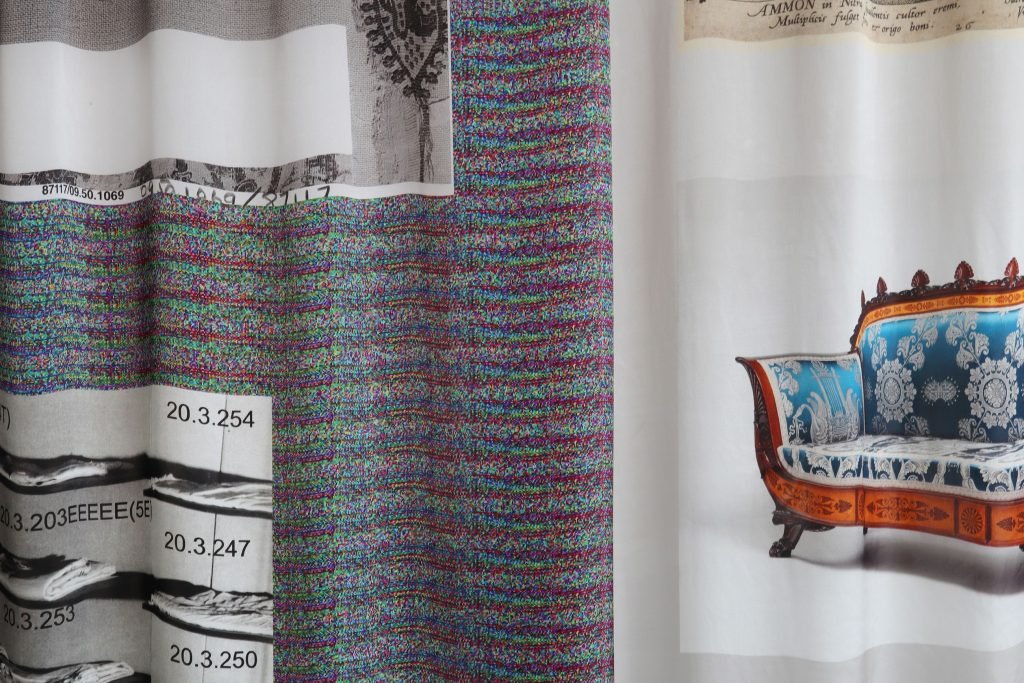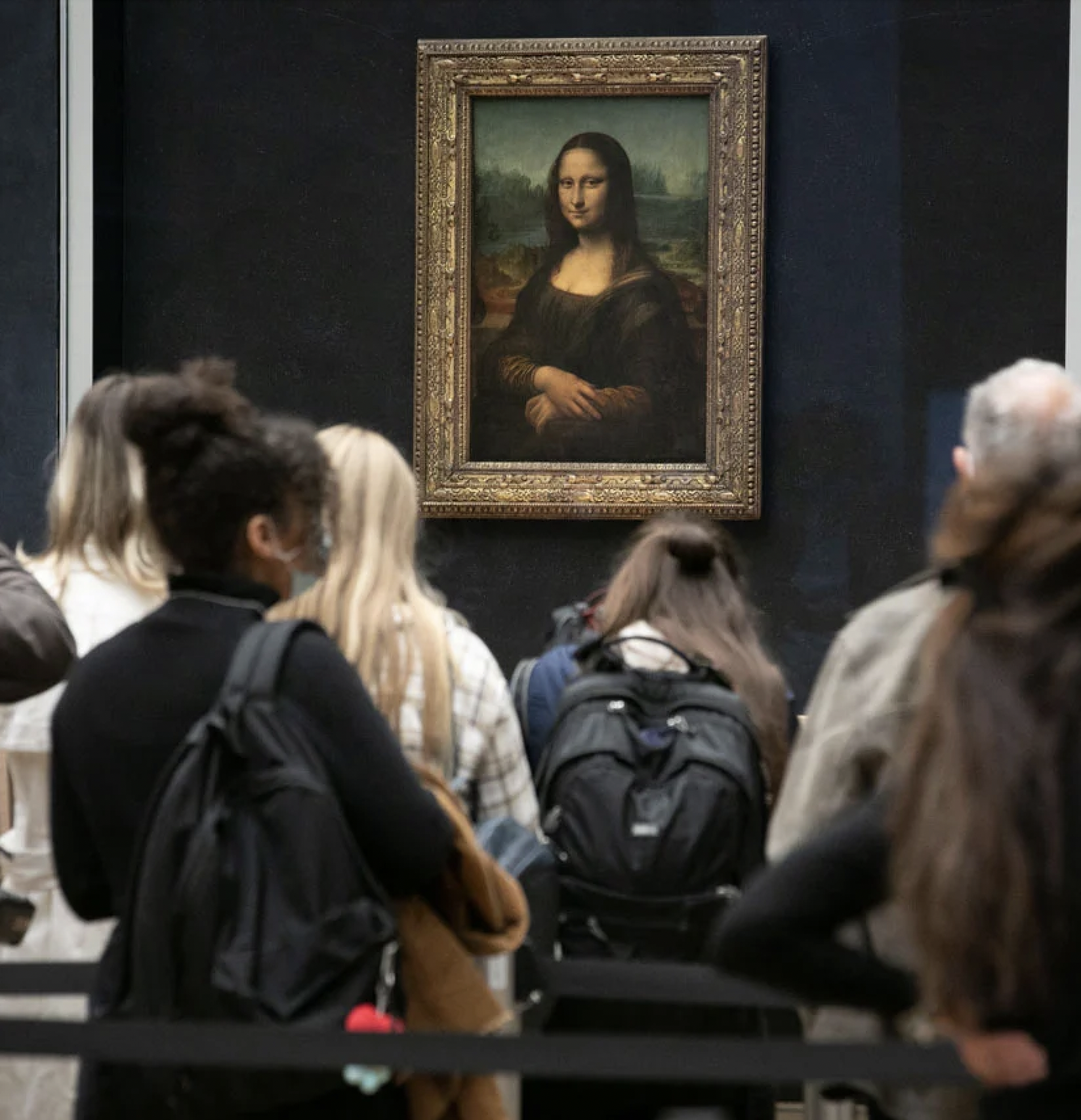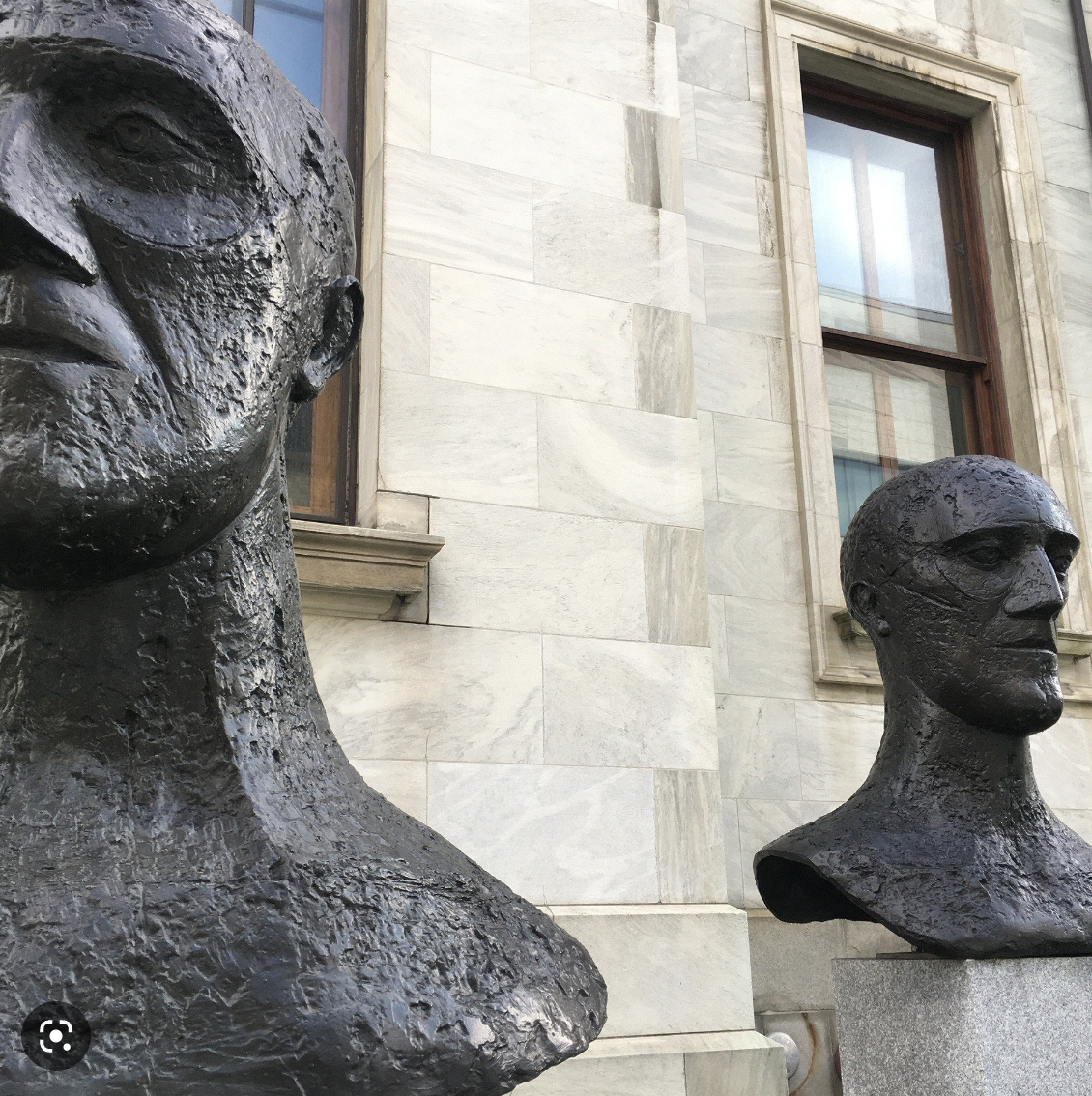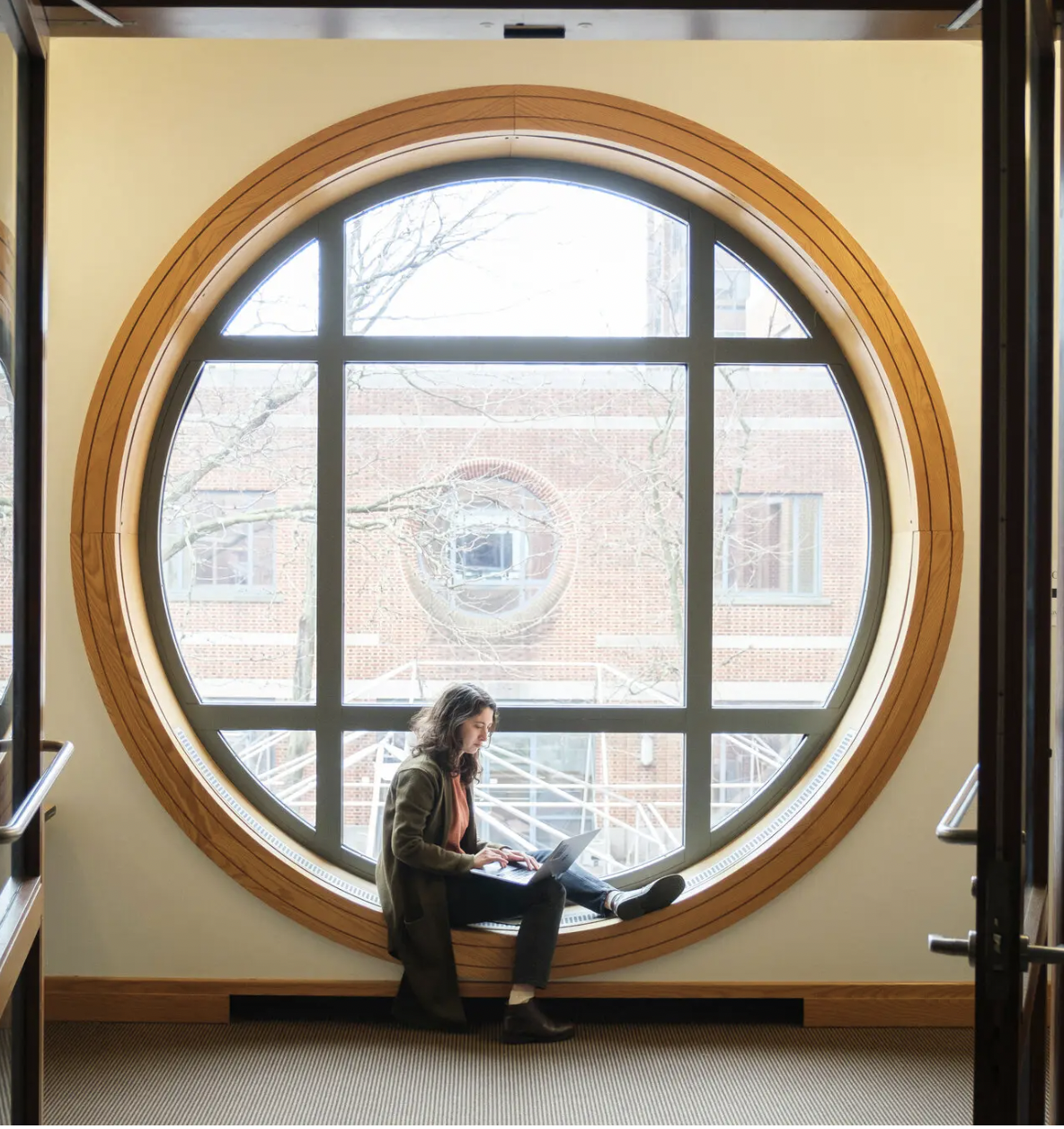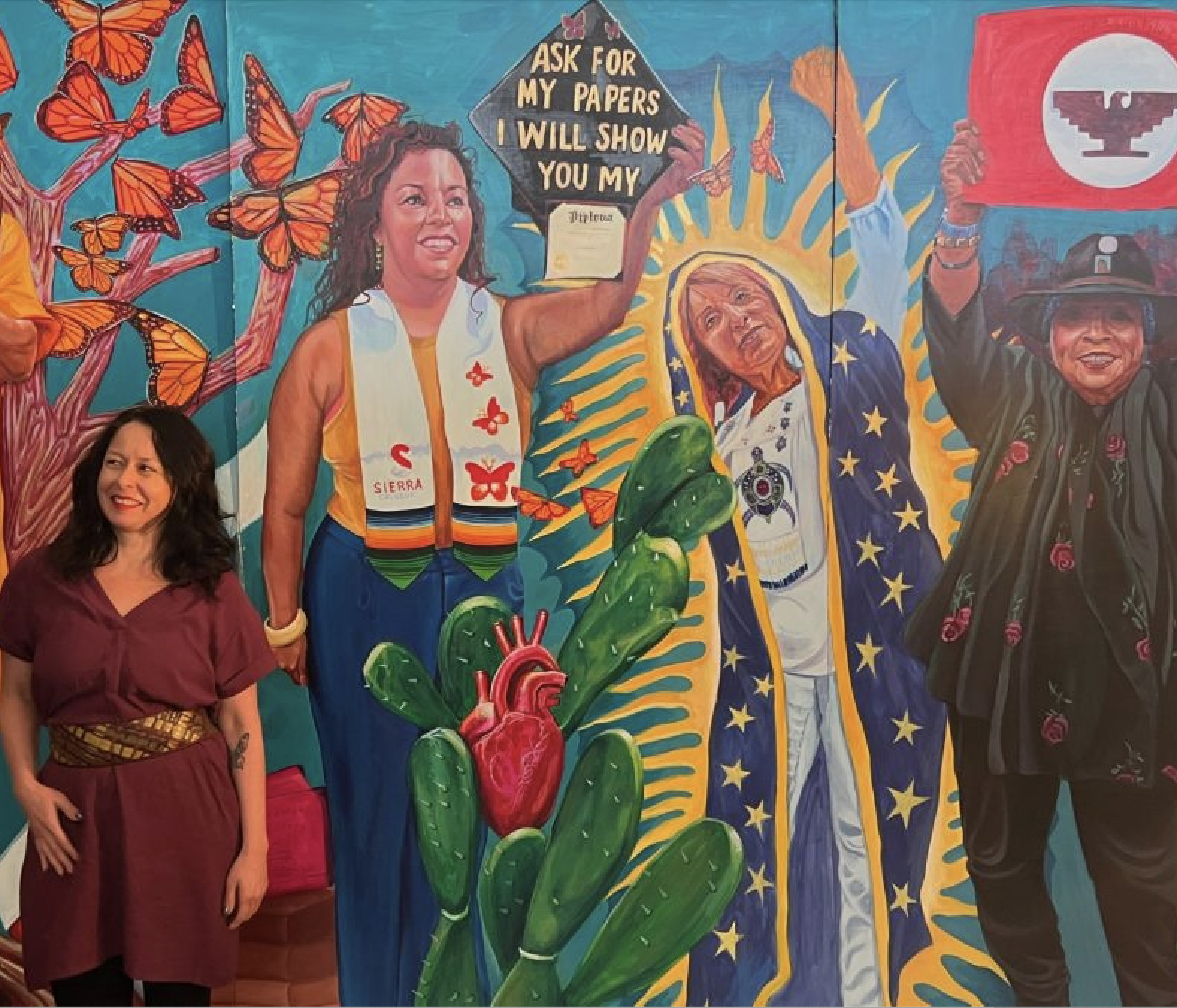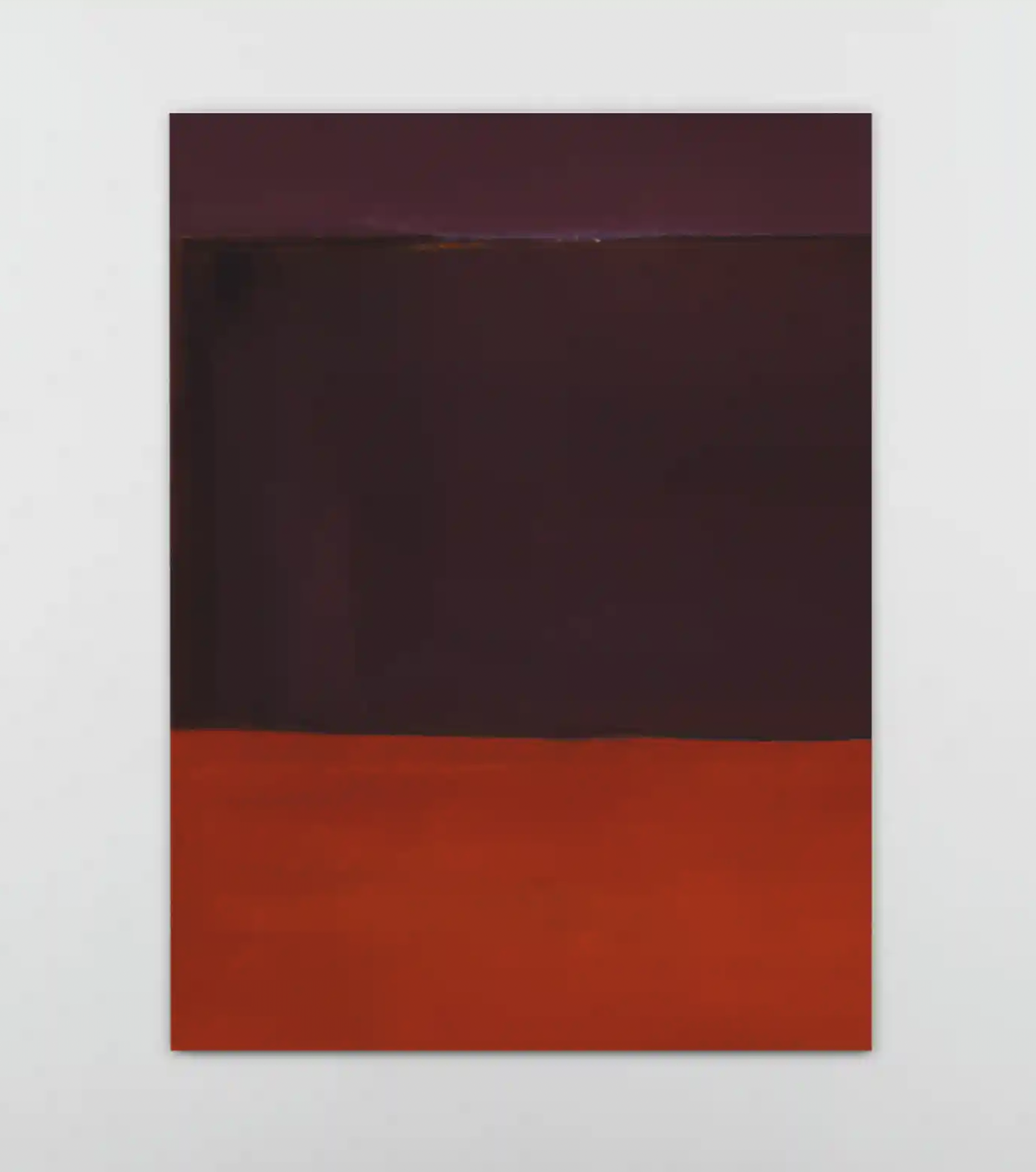I often wonder what artists, critics, and art historians like me would have said if told twenty years ago that AI (artificial intelligence) would prove one of the most threatening technologies to both the art world and academia. Maybe you noticed somewhere around late November and through December all of the crazy AI-generated self-portraits on Instagram? Or perhaps you have caught wind of the cheating scandals and other academic integrity violations citing the use of sophisticated chatbot generators that helps students create text and even entire essays based on short prompts. Over the winter break, I had several conversations with artists (emerging and established), studio art instructors, and fellow academics about their own frustrations, worries, and fears about AI image generators like Jasper and Lensa and the growing popularity of ChatGPT. Overwhelmingly the concerns revolve around how to identify “real” versus “AI-generated” content coupled with how to prevent and discourage using these technologies. In this week’s selection of art world news links, you will see these conversations bubbling up in many different directions, and I too will be taking some time to muse about the ramifications of AI moving ahead into 2023.
Enjoy exploring the links and thinking about how AI will likely shake your world in 2023 and beyond.
Incidentally, as we celebrate the lunar new year and the Year of the Rabbit, I thought it fitting to begin my year’s musings by selecting a Joseph Beuys work Chinese Hare Sugar (1979) as my feature image for the weekly roundup. A performance artist, teacher, and art theorist, Beuys sought to broaden the definition of art through several “actions” including How to Explain Pictures to a Dead Hare (1965) and its affiliated art projects (including the one I selected here) that explore references to rabbits (hares) and sugar (honey) as a means to understanding the unique aspects of living and activated knowing. This, perhaps an antidote to the “evils” or “soullessness” of AI. As Beuys explained back in 1971:
For me the Hare is a symbol of incarnation, which the hare really enacts- something a human can only do in imagination. It burrows, building itself a home in the earth. Thus it incarnates itself in the earth: that alone is important. So it seems to me. Honey on my head of course has to do with thought. While humans do not have the ability to produce honey, they do have the ability to think, to produce ideas. Therefore the stale and morbid nature of thought is once again made living. Honey is an undoubtedly living substance- human thoughts can also become alive. On the other hand intellectualizing can be deadly to thought: one can talk one's mind to death in politics or in academia.
"Getty is suing a popular AI image generator for copyright infringement"
"Artists file class-action lawsuit against AI image generator companies"
"Can Instagram‘s Algorithm Curate an Exhibition Better Than a Human?"
"Viral TikTok Joke About the Mona Lisa Being Stolen Generates Mass Confusion"
"Alarmed by A.I. Chatbots, Universities Start Revamping How They Teach"
"Is this by Rothko or a robot? We ask the experts to tell the difference between human and AI art"

